Do you know how to make kefir? Do you know what it is? If you said it is like yogurt, you would be right - in a way. When it comes to probiotic content, kefir is like yogurt on steroids!
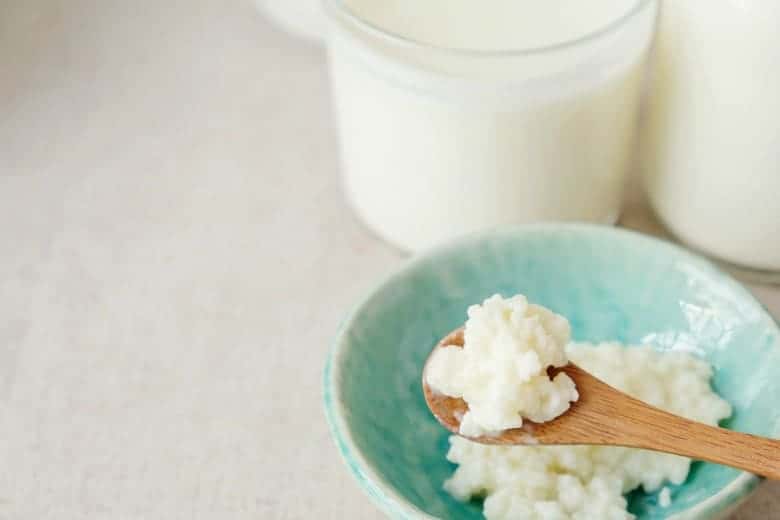
This is just one of the recipes included in my Simple Cheesemaking ebook. Follow the link to find more wonderful cheese recipes with easy to follow instructions and much more!
You may be familiar with how to make yogurt with my yogurt recipe that does not require a yogurt maker. Well, I have found something better and easier - homemade milk kefir!
While most people are familiar with yogurt, an even more potent probiotic drink is kefir. The nutritional powerhouse of it cannot be understated!
According to Wikipedia:
Probiotic bacteria found in kefir products include Lactobacillus acidophilus, Bifidobacterium bifidum, Streptococcus thermophilus, Lactobacillus delbrueckii subsp. bulgaricus, Lactobacillus helveticus, Lactobacillus kefiranofaciens, Lactococcus lactis, and Leuconostoc species.
Lactobacilli in kefir may exist in concentrations varying from approximately 1 million to 1 billion colony-forming units per milliliter and are the bacteria responsible for the synthesis of the polysaccharide kefiran.
How to Make Kefir
Video Resources
These are the links for the items you see me using in the video. I love seeing what others are using and why they like it. These links will take you to Amazon and other companies that I trust and personally use.
- Kefir Grains - The easiest way to get grains is from a friend who is already making kefir. But, if you don't have anyone you can order them and they come dehydrated with instructions to re-hydrate. I have used all the different brands of kefir grains on this page with success. Just make sure when you order that you get the grains needed for milk.
- Strainer - This set of nylon mesh strainers is great, especially since it comes in different sizes.
- Berry Bowl Colander - This is the berry bowl colander that you see me using - it is amazing how many times I use it!
- Jars - I love these ½ gallon wide mouth jars and the plastic lids. In fact, I store so many different things in them they are all over my kitchen and pantry! If you do not need such large jars, the quart wide mouth work great and the same plastic lids fit them too.
- Polish Pottery Batter Bowl - I bought most of my Polish Pottery when we lived in Switzerland but have added to my collection here. The easiest way to find what you want is to check periodically for the pattern you are looking for.
Kefir Recipe Step by Step Photo Tutorial
Put the kefir grains in a 1 qt mason jar and pour whole milk over the grains leaving about 1 inch space at the top of the jar. (Photo 1)
Stir the milk and grains and cover loosely. (Not shown)
Leave in a warm place for 12 - 24 hrs. - depending on the taste you prefer.
Pour the kefir through a strainer into another jar catching the grains in the strainer. If it has separated and there is a bit of liquid on the bottom, I shake it before straining. Photo 2
Place kefir grains into a clean jar and cover with milk to repeat the process. Photo 3
Drink alone or make a smoothie - Enjoy! Photo 4
Characteristics of Kefir
- it has even more probiotic potential than yogurt - it is like yogurt on steroids! While yogurt normally has 5 - 7 strains of bacteria, kefir has 50+ strains of beneficial bacteria to nourish your body.
- The grains, which look like little cauliflower pieces, are needed to make kefir. The grains are a mix of yeast and bacteria living in a symbiotic relationship.
- If you have a friend that makes it - get in touch. Since the grains multiply, it is very easy to obtain them from someone who has them. Otherwise, they are available online.
- Kefir is not as thick as yogurt. You can drink it plain but also makes a wonderful smoothie.
- While used alone, it has a twang to it, it is delicious with a few additions. When blended with fruit and honey it is difficult to tell the difference between it and a smoothie made with yogurt. So, whether you have it plain or as a smoothie, it is a refreshing probiotic drink.
How do I work with Kefir Grains?
If properly cared for, your grains should last indefinitely. If you need a break from making it, the grains may be rinsed and refrigerated in non-chlorinated water (chlorine kills them).
I have even read that freezing for future use is possible but have not tried it.
Like most things, homemade kefir is tastier and more economical than its store-bought counterpart.
With homemade, you are able to get the taste you prefer. This is because the twang (or tartness) is determined by the length of time you leave the grains in the milk.
Coconut Milk Kefir
Milk kefir grains may also be used to make coconut milk kefir.
Follow the same procedure as shown in the video just be sure to revitalize the grains in dairy milk for 24 hours every few weeks to maintain their health.
Watch the video yourself to see just how easy kefir is to make - below the video is a resource section of the things you see me use in the video and also the recipe.
A Few Notes About the Types of Milk
This part of the Wikipedia article inspired me to learn more about traditional kefir. I hope it'll do the same for you!
Kefir grains will ferment the milk from most mammals, and will continue to grow in such milk. Typical milks used include cow, goat, and sheep, each with varying organoleptic (flavor, aroma and texture) and nutritional qualities...
Kefir grains will also ferment milk substitutes such as soy milk, rice milk, and coconut milk, as well as other sugary liquids including fruit juice, coconut water, beer wort and ginger beer. However, the kefir grains may cease growing if the medium used does not contain all the growth factors required by the bacteria.
Milk sugar is not essential for the synthesis of the polysaccharide that makes up the grains (kefiran), and rice hydrolysate is a suitable alternative medium. Additionally, kefir grains will reproduce when fermenting soy milk, although they will change in appearance and size due to the differing proteins available to them.
Other Recipes to Try:
As I said earlier, we use kefir now daily and here are a couple of my favorite recipes:
If you’ve tried this Kefir recipe or any other recipe on Cultured Palate please take a minute to rate the recipe and leave a comment letting me know how you liked it. I love hearing from you! You can also FOLLOW ME on PINTEREST, FACEBOOK, INSTAGRAM, YouTube and TWITTER
📋 Recipe
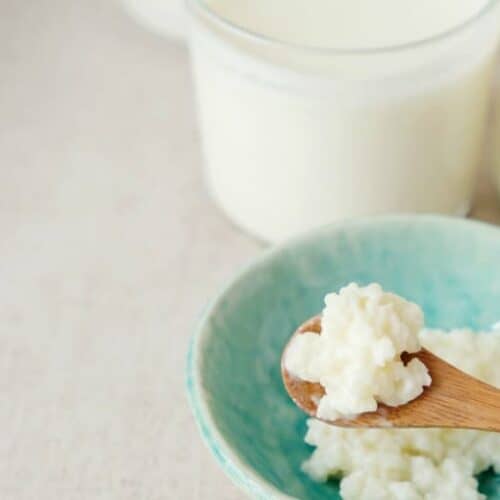
How to Make Kefir - Kefir Recipe
Ingredients
- 4 cups whole milk we use raw milk from our family milk cow
- 2 - 4 tablespoon kefir grains
Other items needed:
- 1 qt mason jar
- Lid or cheesecloth to cover jar loosely
- Mesh strainer
- Spatula or plastic spoon
Instructions
-
Put the kefir grains in a 1 qt mason jar.
-
Pour whole milk over the grains leaving about 1 inch space at the top of the jar.
-
Stir the milk and grains and cover loosely.
-
Leave in a warm place for 12 - 24 hrs. - depending on the taste you prefer. The kefir grains culture the milk and the longer it is left the tangier it will become. I leave mine on the kitchen counter for 24 hours. If it has separated and there is a bit of liquid on the bottom, I shake it before straining.
-
Pour the kefir through a strainer into another jar catching the grains in the strainer.
-
Refrigerate and enjoy.
Notes
Nutrition
Have You Tried It? Was It Easy or Hard?
Share Your Experience in the Comments!






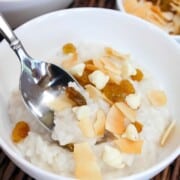


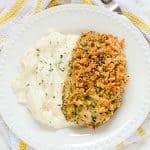


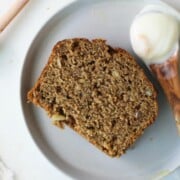
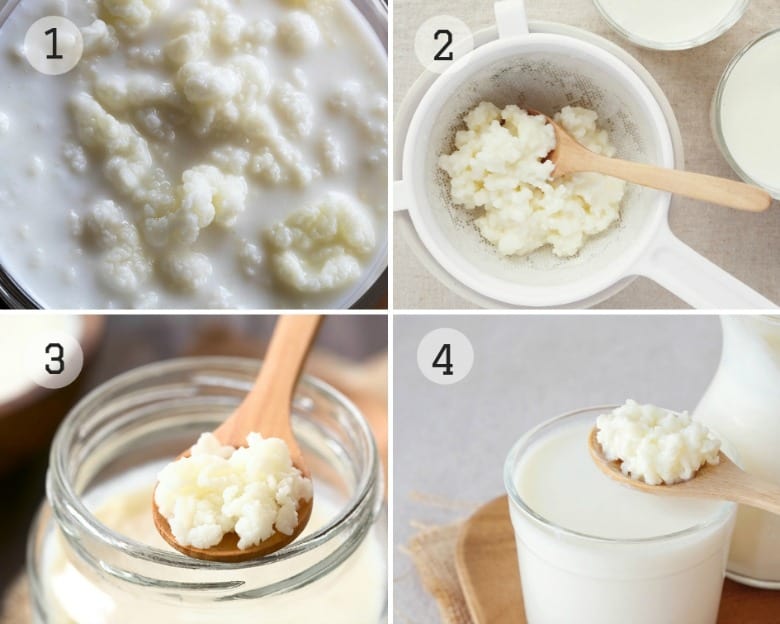
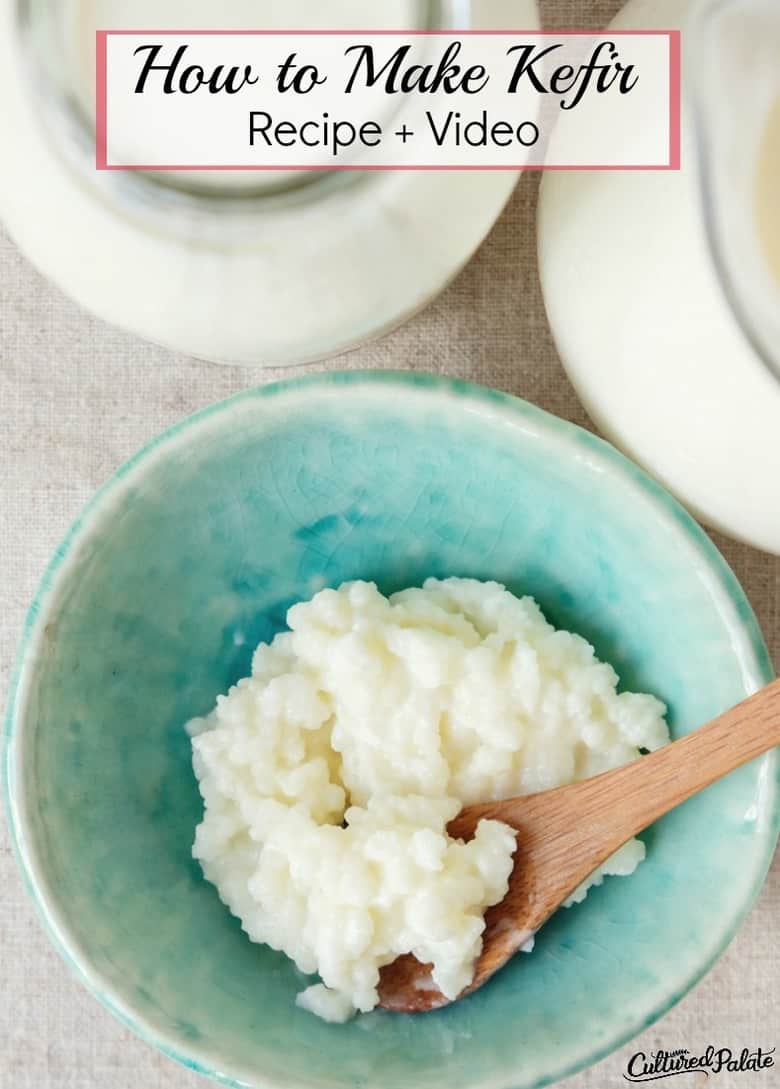

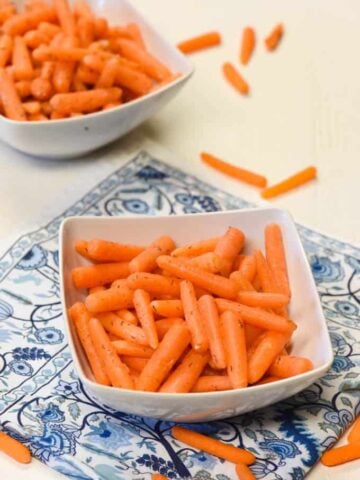
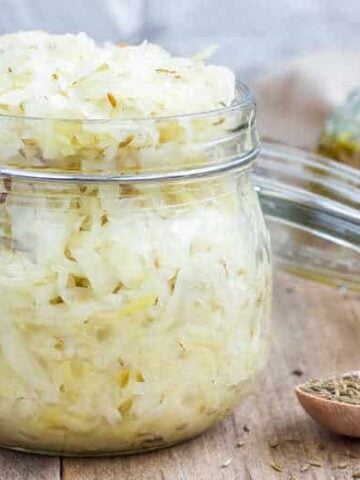

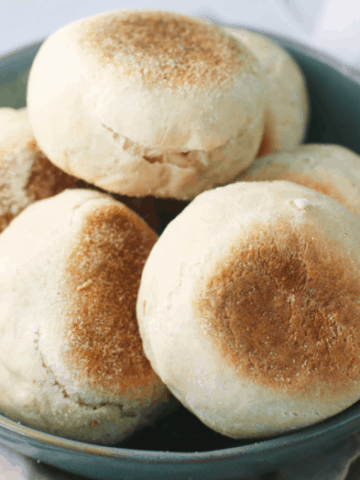
Dorsey
I love kefir and we have a kefir smoothie every day for lunch. I do have a question......In the past few months, I notice that my grains are really not multiplying very much. If they are... it is at a REALLY slow pace..... yet, they are still making good kefir.
I was wondering if you knew why this might be happening?
Thanks
Dina-Marie
Do you rinse the grains daily? If I see mine not quite as plump as normal, I rinse every other day for a few days and they perk up. Also, make sure you are using whole milk and non-chlorinated water to rinse them.
Terrie
Kefir grains multiply quicker in warmer areas therefore you'll see them grow more rapidly during summer months. It doesn't mean the kefir won't work during cooler months. It will. Grains just don't multiply as fast.
I've never rinsed mine in the 2 (or more) years I've had them & I drain them daily. Never had any issues with them either.
Dina-Marie
Terrie, that is great that your grains have been healthy for so long! From my reading, it is recommended to rinse them and if I don't for a long period of time, they begin to make kefir which tastes "off".
Yolanda
I never knew that you should rinse kefir grains! Interesting. Do you leave your kefir milk out to ferment at room temp for another day or do you put it directly into the fridge? I enjoyed your film. Thank you.
Dina-Marie
Yolanda, I strain the grains and refrigerate the kefir. I know some people leave it another day but it is a bit too tart - I also make and use a gallon per day and already have so many jars out with ferments going! ;)
Joyce
We live in Hawaii about 5 months of the year and in MI the rest of the time. When we leave MI, I freeze my kefir grains in raw milk. When we return, I thaw the grains in the milk and then drain the grains. It takes about 3 days of making kefir again before the kefir tastes like it usually does. I have a friend who has had her grains for 30 yrs. She takes them whenever she travels, even on planes. When using air travel, she drains and rinses the grains before going through security. Then she puts them in water until she gets to her destination.
Dina-Marie
How interesting! I have read about freezing them but it is good to have a first hand account!
Anne Kimball
Hi Dina-Marie, I’m Anne from Life on the Funny Farm.
I remember kefir from our time spent in Kazakhstan (3 of our kids are from Kaz, 3 are "homegrown"). It was very popular there. I know my kids would love to have some again, so thanks for posting this. If you’ve never visited yet, I hope you can pop by my blog sometime to say hi…
Joy at The Liberated Kitchen
Kefir is sooooo easy. Thanks for sharing on GAPS Friendly Friday, Dina-Marie!
Miz Helen
Great video Dina! Hope you are having a great weekend and thank you so much for sharing with Full Plate Thursday.
Come Back Soon!
Miz Helen
Heidi
Wow. I have never heard of this. Thanks for the great tutorial, and thanks for linking up on Gluten-Free Monday at OneCreativeMommy.com.
April @ The 21st Century Housewife
I have heard of kefir and I was really interested to learn more. This is an excellent post - really informative and helpful!
Christie - Food Done Light
I have been thinking about dabbling in some homemade yogurt but you have talked me into kefir. Thanks so much for sharing on Thursdays Treasures.
Babsy
Hey Dina,
Enjoyed the video. In the several years I have been making kefir from the grains I have never rinsed mine. In the extensive information I researched before I started it actually advised not to rinse them. Obviously, they still work even if you rinse them and the rinse water is definitely a make-or-break deal. Also, you stated NOT to use ultra-pasteurized milk. I have no access to raw milk, and the only organic I can find is ultra-pasteurized. I've been using it for several years now and it makes perfect kefir. My little kefir-babies are definitely not starving! They are plump and fat!
It is helpful to only make up the amount you can use each day. That way you don't have jars and jars in the fridge and trying to keep them used up in the order they were made. Daily, I make enough for us to drink, for our kefir-ranch dressing, the five cats and the dog, and the 40 chickens. Kefir is the easiest health food you can make! I lived in Turkey for two years and "kefir" means "feel good" in Turkish. Perfect description.
Dina-Marie
Thanks, Babsy, I appreciate your input! I had read that ultra-pastureized milk did not have enough nutrients to sustain the kefir grains. I agree about making enough for your daily use but it does keep in the refrigerator nicely - we use a gallon per day and sometimes I give it to the family milk cows when their rumen is out of sorts.
Janice Patterson
Thanks for your video! I acquired some kefir grains from two sources. One, was from a lady who brought them frozen to Jordan (where I live) from Czechoslovakia. The other source was from a local business owner who gives a Tablespoon of grains away free to anyone who asks. After about 2 weeks of making kefir, I decided to mix the two batches together. I rarely have access to anything other than Ultra Heat Treated milk, so that is what I use. I started out with less than 1/4 cup of grains and now (two months later) have well over a full cup of plump grains.
Dina-Marie
Janice, that is great - I would not have thought UH milk would have enough to support the grains - thanks for letting us know!